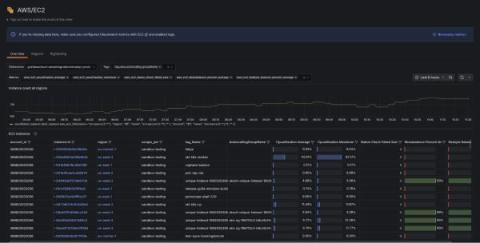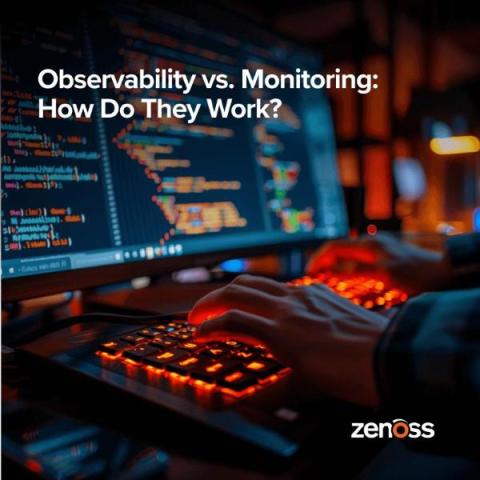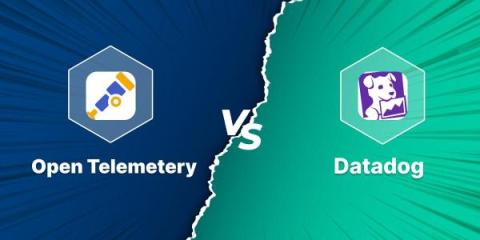Top 10 Observability Tools of 2024
Observability tools provide essential insights into the performance and health of systems, helping teams keep their systems up and running. What observability tools do: Before you read about the tools of the trade, be sure to check out our observability guide to learn the ins and outs of this strategy.











